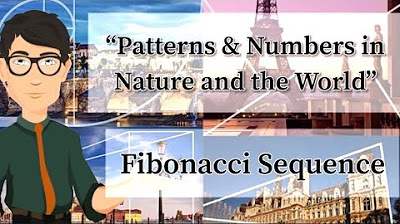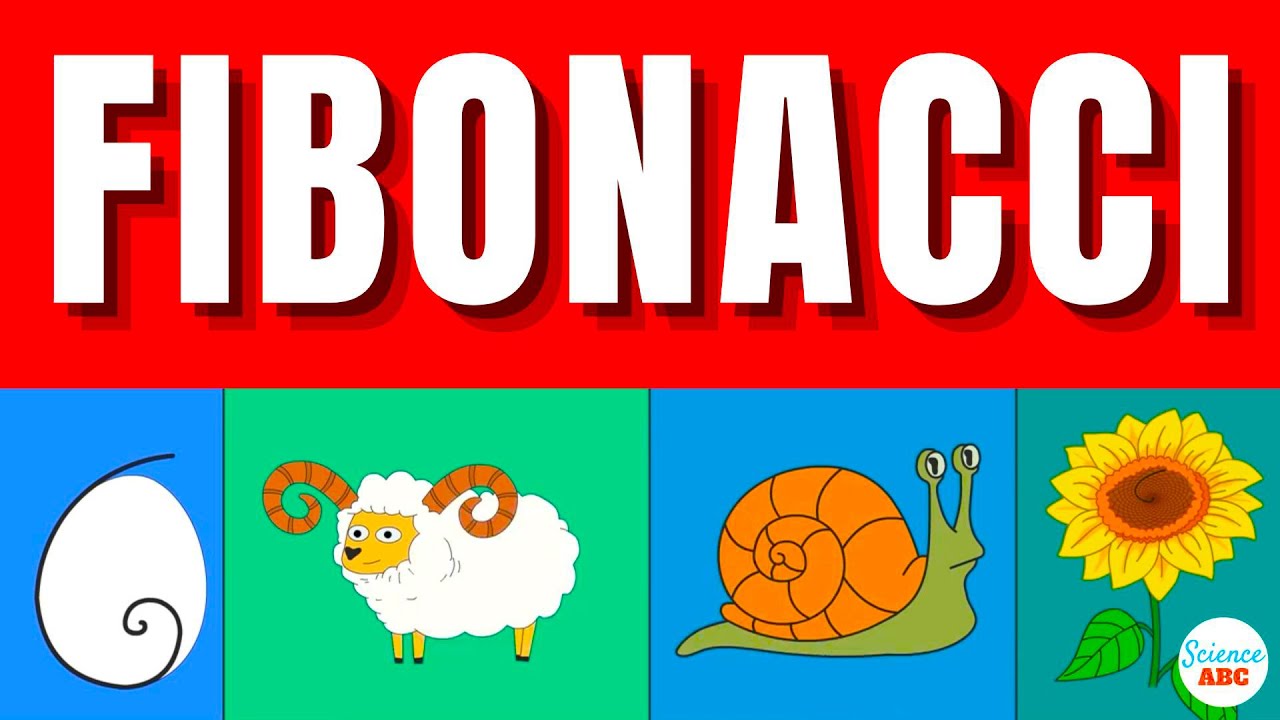The Golden Ratio and Fibonacci in Music (feat. Be Smart)
Summary
TLDRThis episode of Sound Field explores the golden ratio, Phi, found in art, architecture, and nature. It connects to music through the Fibonacci Sequence, influencing compositions by Mozart and Bartok. The show discusses how the ratio appears in nature, like flower petals, and its use in music theory, suggesting it's a natural human inclination towards order. The script includes a live piano composition using golden proportions and Fibonacci numbers, demonstrating the ratio's impact on creativity.
Takeaways
- 🔢 The golden ratio (Phi, approximately 1.618) is a number that appears throughout nature, art, and music.
- 🎶 Some believe that the golden ratio can be heard in music, with elements like notes, chords, and harmony aligning to this ratio naturally.
- 📏 Phi is often visualized in golden rectangles, where the ratio of the sides matches Phi. Cutting a square from this rectangle creates smaller golden rectangles.
- 🌸 The Fibonacci Sequence is closely related to the golden ratio, and as the sequence progresses, the ratio between numbers approaches Phi.
- 🎻 Many classical composers, such as Bartok and Debussy, are believed to have used the golden ratio in their music, though it is debated whether this was intentional.
- 📊 In Bartok’s 'Music for Strings, Percussion and Celesta,' some theorists identify Fibonacci sequences and golden ratios in the rhythm and structure, but there’s no direct evidence Bartok planned this.
- 🌼 The golden ratio can be found in nature, such as in the arrangement of sunflower seeds and the number of flower petals, optimizing space and growth.
- 💡 The golden ratio is not only seen in music and nature but is believed by some to represent a fundamental pattern in the universe.
- 🎹 The script discusses how musicians like Manjunath and others use the Fibonacci Sequence and golden ratio to structure rhythms and melodies.
- 🎼 The 'Phi moment' in music refers to the point in a composition where the golden ratio manifests, creating a natural climax or special moment in the piece.
Q & A
What is the golden ratio?
-The golden ratio, also known as Phi, is an irrational number approximately equal to 1.6180339887. It is found by dividing a line into two parts such that the ratio of the whole line to the longer part is the same as the ratio of the longer part to the shorter part.
How is the golden ratio related to the Fibonacci Sequence?
-As the Fibonacci Sequence progresses, the ratio of consecutive numbers approximates the golden ratio (Phi). The sequence starts with 0 and 1, and each subsequent number is the sum of the previous two, e.g., 0, 1, 1, 2, 3, 5, 8, etc., where the ratio of each number to the one before it tends towards Phi.
Why is the golden ratio considered significant in art and architecture?
-The golden ratio is often associated with aesthetically pleasing proportions, which is why it has been used in art and architecture. It is believed to create a sense of balance and harmony, making it a key element in the design of buildings, paintings, and sculptures.
How does the golden ratio appear in music?
-The golden ratio can be found in music through the structure and timing of compositions. For instance, the placement of a climax or significant musical event, often referred to as a 'Phi moment,' can occur at a point in a piece proportional to the golden ratio.
What is a 'Phi moment' in music?
-A 'Phi moment' in music refers to a significant event or climax that occurs at a point in a composition that aligns with the golden ratio. It is calculated by multiplying the total length of a piece by the inverse of Phi (approximately 0.618).
Can you provide an example of how the golden ratio is used in a specific piece of music?
-In the script, it is mentioned that in Bela Bartok's 'Music for Strings, Percussion and Celesta,' the opening xylophone solo in the third movement follows a rhythmic pattern based on the Fibonacci Sequence, which is related to the golden ratio.
What is the significance of the golden spiral, and how is it connected to the golden ratio?
-The golden spiral is a logarithmic spiral whose growth factor is the golden ratio. It is created by connecting the corners of squares in the Fibonacci Sequence with arcs. This spiral is often found in nature, such as in the arrangement of leaves or the pattern of galaxies, and is believed to represent natural growth and proportion.
How do musicians use the golden ratio and Fibonacci Sequence in their compositions?
-While not all musicians consciously use the golden ratio or Fibonacci Sequence, some may structure their compositions around these mathematical concepts to create a sense of balance and harmony. This can be seen in the timing of climaxes, the arrangement of rhythmic patterns, or the overall form of a piece.
What is the role of the golden ratio in nature, as mentioned in the script?
-The golden ratio is observed in various natural phenomena, such as the arrangement of flower petals, the pattern of seeds in a sunflower, and the spirals of galaxies. It is believed to represent an optimal growth pattern and is often associated with the Fibonacci Sequence.
How does the script suggest that humans are 'hard-wired' to find order in the world?
-The script implies that humans have an innate ability to recognize and appreciate patterns, such as the golden ratio, because they find these patterns in nature and art. This suggests that our brains are predisposed to seek out and respond to these harmonious structures.
What is the significance of the golden ratio in the composition created by the guest in the script?
-In the script, the guest composer creates a piece of music that incorporates elements of the golden ratio and Fibonacci numbers. The climax of the piece is deliberately placed at the 'golden section,' and the rhythmic patterns follow the Fibonacci Sequence, demonstrating a conscious effort to integrate these mathematical concepts into the music.
Outlines

Esta sección está disponible solo para usuarios con suscripción. Por favor, mejora tu plan para acceder a esta parte.
Mejorar ahoraMindmap

Esta sección está disponible solo para usuarios con suscripción. Por favor, mejora tu plan para acceder a esta parte.
Mejorar ahoraKeywords

Esta sección está disponible solo para usuarios con suscripción. Por favor, mejora tu plan para acceder a esta parte.
Mejorar ahoraHighlights

Esta sección está disponible solo para usuarios con suscripción. Por favor, mejora tu plan para acceder a esta parte.
Mejorar ahoraTranscripts

Esta sección está disponible solo para usuarios con suscripción. Por favor, mejora tu plan para acceder a esta parte.
Mejorar ahoraVer Más Videos Relacionados
5.0 / 5 (0 votes)






